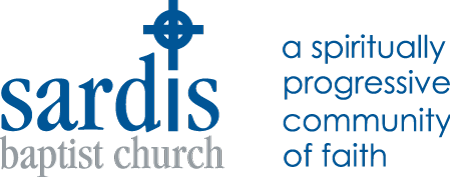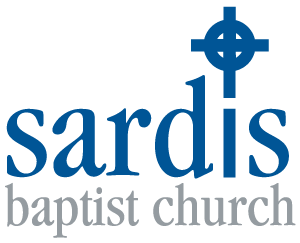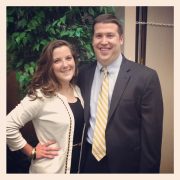First the Temple, Then Bethany
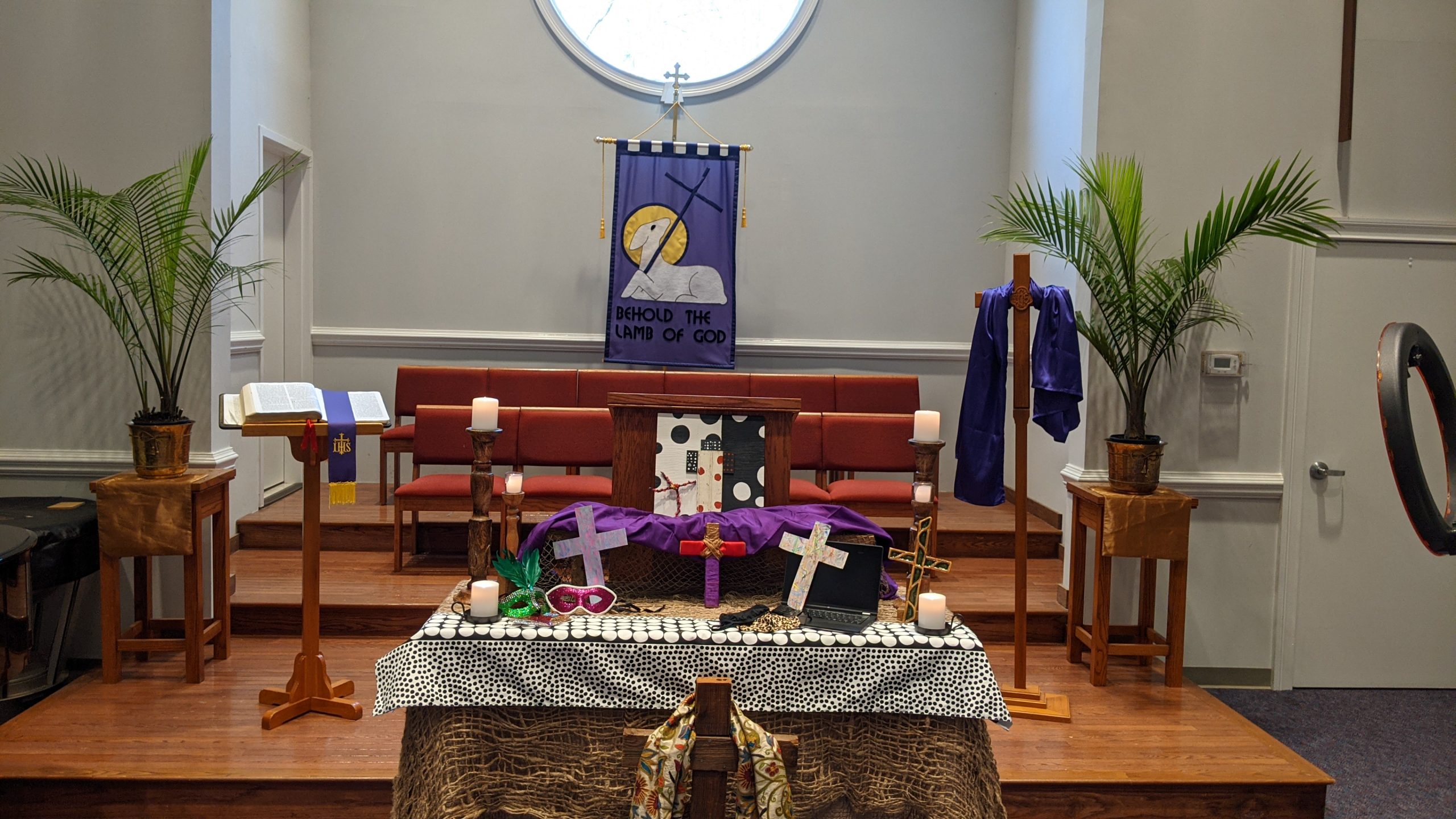
First the Temple, Then Bethany
Bob Stillerman
Palm Sunday, 3-28-2021
Mark 11:1-11
First a Temple Then Bethany Mark 11.1-11 3-28-2021
It’s the last verse of this morning’s lection that catches my attention:
Then Jesus entered Jerusalem, and went into the temple; and when he had looked around at everything, as it was already late, he went out to Bethany with the twelve. (Mark 11:11, NRSV)
On first glance, this may not appear to be an informative verse, but there’s SO much to take in.
Two movements are of great import: 1) Jesus’ first stop upon arrival is the temple and 2) Jesus retreats to Bethany.
Let’s start with the decision to go straight to the Jerusalem temple upon arrival.
Remember, this is Passover week. Pilgrims from all over the world are traveling and gathering at the temple to proclaim God’s most salvific expression to date, and to celebrate God’s most tangible act of liberation: The Exodus from Egypt. The unridden colt, and the procession with leafy branches and cloaks in the road, and the shouts of hosanna might lead us to believe a political revolution is about to unfold. But Jesus isn’t seeking public office, nor is he carrying a sword to lead an army of force.
Jesus’ first stop at the temple reminds us that his prophetic mission, indeed his salvific mission, will be centered in and around temple life. For it is in this community, the very place that houses God’s presence, and from which God’s love is intended to flow outward, that Jesus will spend his final week. Jesus isn’t here to reform a filibuster (at least not in today’s text!), or to demand the paving of county roads, or to lead a coup – Jesus is here to help set right God’s vision for the world. Jesus isn’t interested in claiming the authority of the state; Jesus is here to be claimed by, empowered by, liberated in God’s authority.
I think, for Jesus, the temple was supposed to be a living metaphor of the Exodus story – a place where Torah was lived with felt compassion; a place where manna could be provided to those wandering in the wilderness; a place where God’s people mimicked God’s compassion and empathy for humanity’s most marginalized communities.
But down in the Galilee, and all around the metro area of Jerusalem, Jesus and his neighbors were experiencing the broken shards of a shattered covenant – the temple establishment had long ago decided that the state’s authority was more pressing than God’s authority. Torah was to be mastered, weaponized even, in a way that allowed the privileged to own Torah, and by extension claim to own God in the form of social, political, and economic exploitation. Jesus, of course, reminds us, daily, that God isn’t something be to be had; instead, God has us.
Now Jesus knows there is corruption in the temple, but he’s also judicious. Dawn Ottoni Wilhelm reminds us that later during Passover week, in fact in the four verses that follow this morning’s lection, Jesus will be so infuriated by the money-changing tables that he’ll drive out the money-changers and chastise the local authorities for turning a house of prayer into a marketplace. Wilhelm intuits that Jesus’ stopover at the temple upon arrival, even at a late hour, is a kind of inspection. Jesus wants to verify and understand what he sees before providing an appropriate response.
Therefore, the first movement in the story, the decision to stop at the temple, reveals Jesus’ purpose and intentionality: God’s liberating story will only continue if God’s people to choose to be liberated – that is, if God’s people work to reform, rejuvenate, and resurrect those things that makes God known.
It’s also of great import that Jesus goes to Bethany with his friends. Mark’s author is concise and urgent – words aren’t wasted. The mention of Bethany is not a footnote nor an endorsement for the local Chamber of Commerce. Its’ here, in this little sanctuary, that Jesus rests in a garden, prays in a garden, and shares a last meal with his friends. Engaging in God’s work, heeding God’s call, seeking to live Torah with felt compassion; whether it’s reform, or prophecy, or discipleship, or even embarking on the most transformative and salvific expression in history, all of this requires rest, and prayer, and friendship. We all need a Bethany.
We’re lucky, you and me. We know what happens next Sunday, and therefore, when we wave our palms and sing our songs, we stand atop the Mount of Olives, and the horizon stretches well beyond Calvary. And we can easily overlook the difficult choreography that takes place in the valley of Holy Week.
Jesus, I think, believed in the ability of the temple to be a lived expression of a liberating God. And I think, at our core, we too believe in the ability of the church at Sardis, and the Church Universal, to each be a lived expression of a liberating God. And yet this thing that has SO MUCH potential, so often falls short of its potential. Jesus was pained to see the temple leaders trade God’s authenticity for Caesar’s counterfeit. Jesus’ decision to work for the temple’s potential resulted in death. And while our decision to work for the Church’s potential may not lead to death, it can certainly ostracize us from those who cling to the comforts of privilege. And we can certainly be disillusioned by the impotence of the institutional Church in its response to systemic poverty, racism, greed, violence, and the many manifestations of evil in the world.
We faith what can and will be, and yet we also experience the pain, and the perceived death of living through the not-yet-realized. Mark’s Holy Week narrative uses the locations of temple and Bethany to juxtapose our work and sabbath. The temple is the focus of God’s liberating work. Bethany is the source of God’s sabbath, God’s community, and God’s energy.
So, this morning, as you wave your palms, and shout your praises, I hope you’ll narrow your view just a tad – there’s plenty of time to look beyond Calvary in the coming season. Instead, I hope you’ll use today’s royal and happy procession to steel yourselves for the coming dance on Monday and Tuesday and Wednesday and Thursday. Wake up each morning, and provoke the temple establishment. And let yourself be utterly drained in the pursuit of God’s justice. And each evening, retreat to Bethany, spend time in prayer and reflection, and gather with God’s beloved, in order to be restored and empowered to do it all over again tomorrow.
And when you shout your loud hosannas – your cries of “Save us!” – know that the God who liberated Israel from Pharaoh, and who liberated the Jesus movement from the stale and finite authority of Rome, is also listening and working to liberate us too, to make space for our potential to be realized.
This covenant dance of Holy Week asks of us, requires even of us, both our public strength to demand God’s justice, and our private strength to be vulnerable, to seek rest and help from both God and from the beloved in our community.
Save us, O Holy One, and teach us how to Waltz. And later this week, when the song is stilled, and it seems the music will never play again, remind us that the dance will indeed go on.
Friends may it be so, and may it be soon! Amen.
Recent Sermons
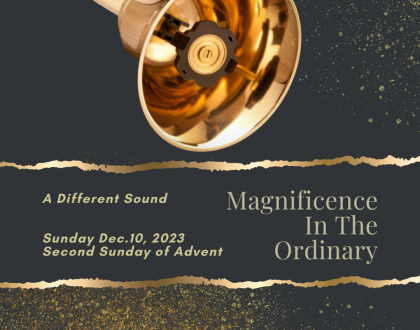
A Different Sound
December 14, 2023
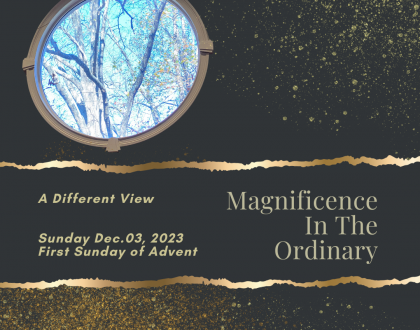
A Different View
December 04, 2023
Who Will Be Your Angel? Whose Angel Will You Be?
November 14, 2023
